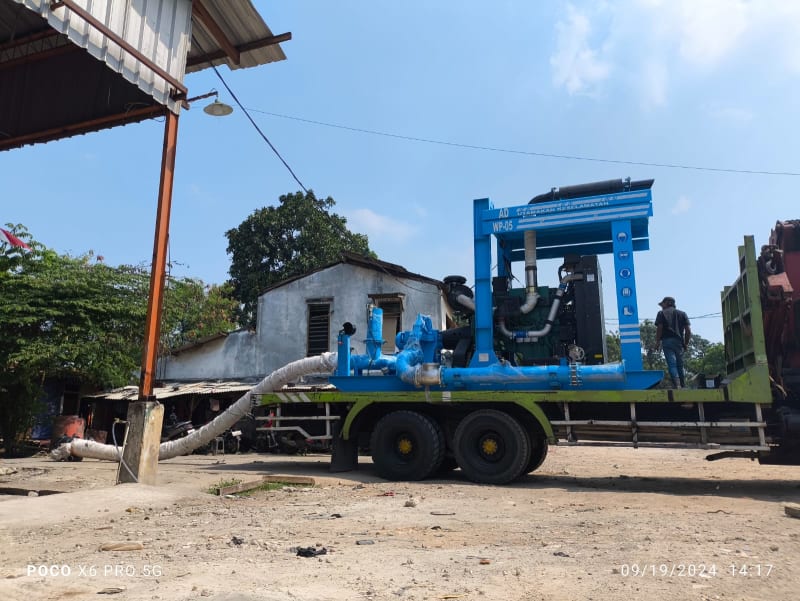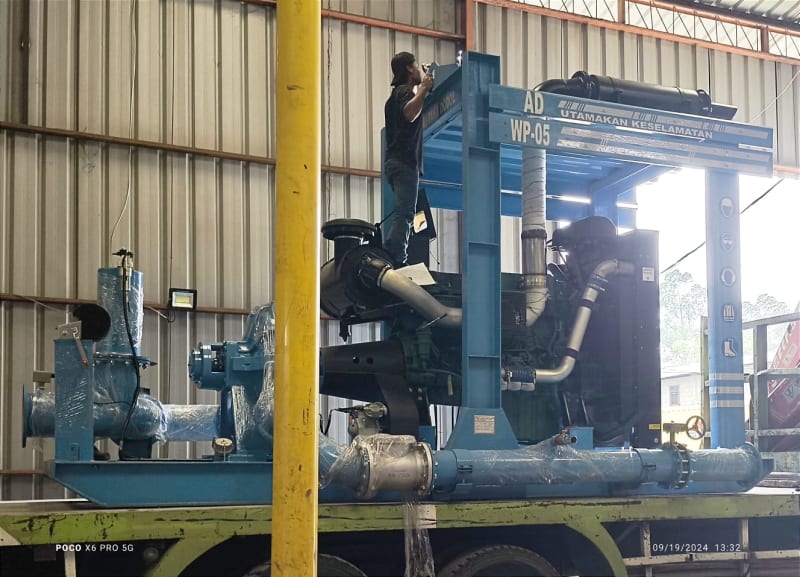calmwind123
Student
Hi, i just created account in this forum, because i wanna ask something regarding my project.
so right now im making dewatering pump using diesel engine as its motor and splitcase pump as the suction unit. we installed vaccum pump for it to be able to do self priming.
but it seems like the water wont fill the impeller room to full (we suspect the splitcase volute is filled with water, but doesn't fill up to full).
why is that?
so right now im making dewatering pump using diesel engine as its motor and splitcase pump as the suction unit. we installed vaccum pump for it to be able to do self priming.
but it seems like the water wont fill the impeller room to full (we suspect the splitcase volute is filled with water, but doesn't fill up to full).
why is that?


